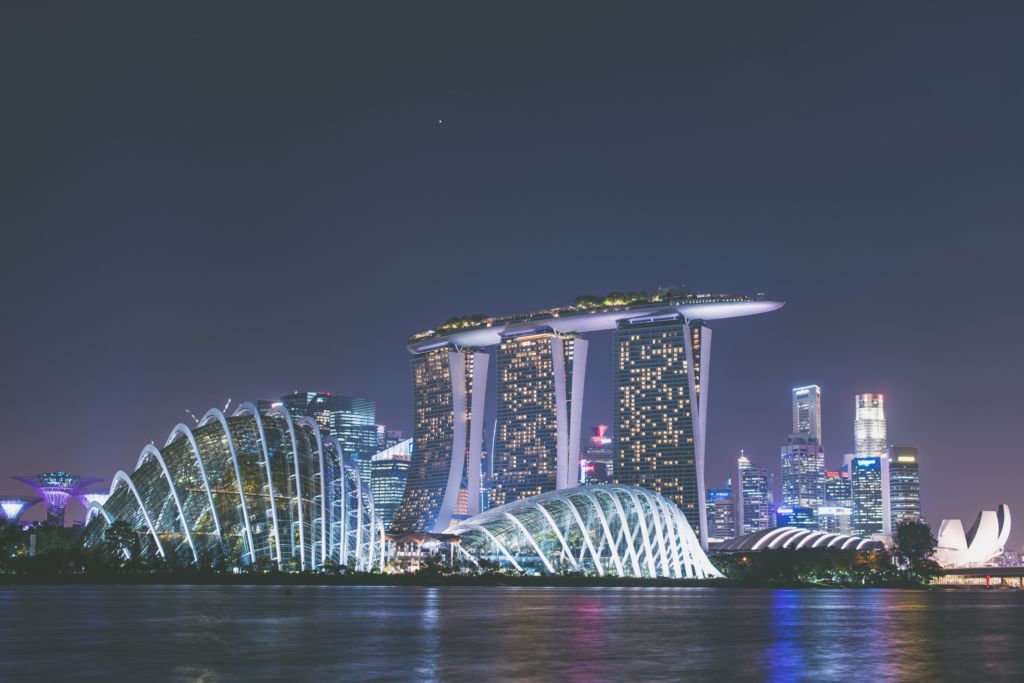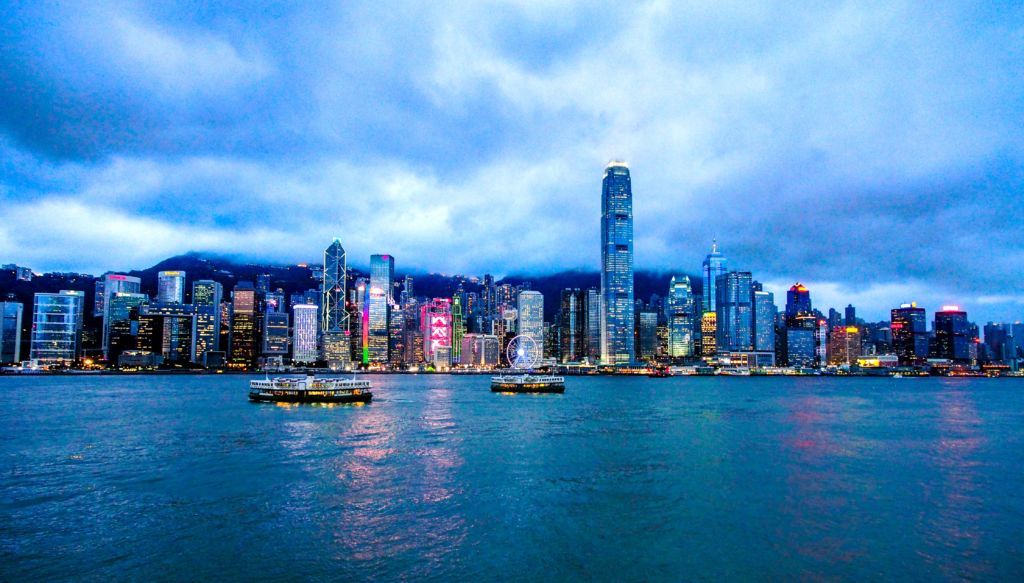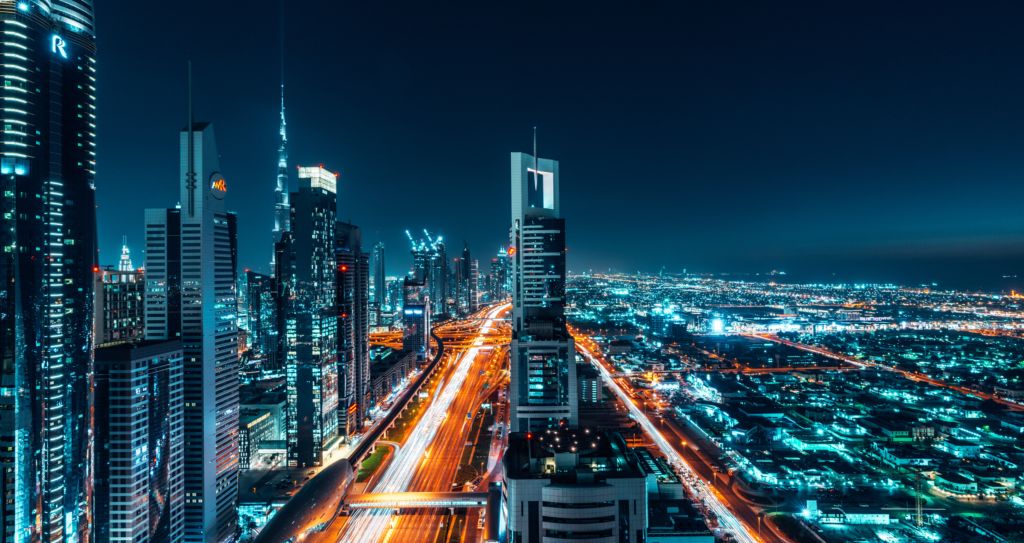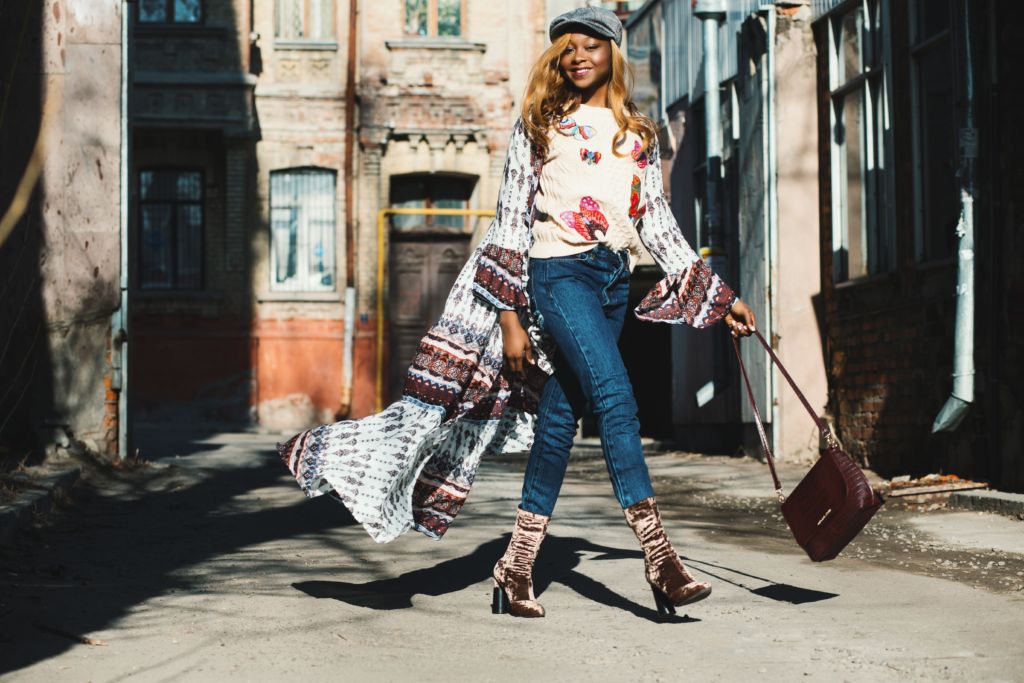
Next year, non-Western markets plus Latin America will account for a larger proportion of global clothing and footwear sales than Europe and North America. But how will the increasingly important regions of Asia, the Middle East, Latin America and Africa take advantage of their new status to have a greater impact and influence on the global fashion industry?
In his very interesting article, Restarting Globalization, the new center of gravity of fashion, Robb Young tells us:
“Retrospective is really wonderful. When future historians look back on years before 2017 they will be able to visualize several powerful symbols of the new world order with the naked eye. Darkened by some of the most dramatic events of the year, a discreet milestone that many mistook for a novelty was actually far more revealing than it seemed. In October, for the first time since the beginning of records, it was revealed that an Asian country now had the most powerful passport in the world.

According to Passport Index, Singapore defeated Germany in its world ranking last year. Until then, the best passport you could have, based on the number of countries that grant visa-free entry upon arrival, had always been from a European or North American nation.
Barrier-free entry matters not only because mobility is an extremely valuable currency in today’s globalized business environment but also because it is a measure of a nation’s diplomatic influence, which in turn strengthens the bargaining power and position of national companies, brands and entrepreneurs on the international stage.
Singapore’s recent “passport coup” is just one of many signs pointing to the likelihood that the 21st century will actually be the “century of Asia” and, more specifically, that the West’s grip on power is gradually diminishing. But at a time when the axis of the world is leaning east and south in a new and uncertain era of globalization, not all industries are adapting quickly enough to these monumental changes.
New agents of power herald the end of an era.
Although its supply chains and retail networks may never have expanded more globally, the fashion industry remains disproportionately biased towards Europe and the US. Even in recent years, it has been guilty of seeing the world through a rather condescending lens of “the West and… the Rest”.
Industry experts confirm that, for a long time, the regions of the “rest” – the vast expanse that includes Asia, the Middle East, Latin America and Africa – were treated as complementary. But now, in some respects, but not all, the balance of power is shifting in their favor.
There couldn’t be a better time than now for fashion industry leaders to reflect on this apparent disparity, as 2018 will be a decisive year for purchasing power. According to McKinsey Fashion Scope, the collective share of clothing and footwear sales in Europe and North America will fall from 50.4% of the world total in 2017 to 49.9% in 2018. Meanwhile, the collective share of Asia, Latin America, the Middle East and Africa will increase just above 50% and is expected to continue to increase in the coming years.
“I believe that Europe will continue to dominate the creative and artisanal sides of the industry, simply because they are impossible to replicate and the European cluster is at the heart of the industry. However, in terms of demand, this will definitely be the decade in which emerging markets will take most of the growth,” says Farfetch founder and CEO José Neves.
Asia conquest the West with purchasing power and robots.
The Asia Pacific region currently accounts for about 38% of global sales of clothing and footwear, the largest share of any region. Europe is now in second place with about 27%. However, global influence is not obtained solely by scale or purchasing power. What has helped bring Asia closer to the center of gravity of the fashion industry is a combination of supply chain leadership, technological innovation and international investments led by Asia. This is how the region will continue to gain a voice in the global arena.
Asia’s influence increases not only with growth and disruption within its boundaries but also when one of its pioneering companies makes a bold move into the international arena. Whether it’s Alibaba Group’s recent opening of a U.S.-based quantum computing science center to exponentially accelerate automatic learning for its e-commerce platforms or the push of Chinese manufacturers like Suzhou Tianyuan Garments, one of Armani’s and Adidas’ leading suppliers, to open a T-shirt factory using advanced robotics in the Deep South. The tide of innovation is turning eastward.
“Whoever has control of the supply chain will eventually be the winner, as there are not many countries left to follow the cheap route,” says Gerhard Flatz – Director of KTC, a Chinese manufacturer located in Guangdon, whose factory produces items for specialized sports brands.
Asia vs. The rest of the World.
East Asian nations like Japan and South Korea now spend more on R&D as a percentage of GDP than many of their counterparts in Western Europe and have a culture of entrepreneurship that is gaining ground in much of the region.
According to the World Intellectual Property Organization, China became the first country to file one million patent applications in one year in 2015. Strict protection and enforcement of intellectual property is a cornerstone of Singapore’s successful startup landscape, contributing to the nation’s third place in the World Economic Forum’s Global Competitiveness Index 2017-2018. Only the United States and Switzerland score higher.
As the global fashion industry becomes more dependent on technological innovation for growth, Asia’s achievements in this area are a growing advantage. From Japan’s avant-garde designers using textile nanotechnology to Taiwan’s desire to forge a niche in high-performance ecological fibers, the region has many current and continuing events to celebrate.
Taking advantage of Latin America’s cultural capital.
Whether it’s exclusive culture or popular culture, one way for fashion players in emerging markets to have a greater global impact than pure purchasing power is to leverage their cultural capital.
At the high end of the scale, global fashion brands have turned to world-renowned artists and architects to drive everything from visual merchandising to marketing. A growing number of them have come from Latin America.
Beyond the region’s ties to Europe and the U.S., there are other opportunities to explore. Increased trade, cooperation and exchanges among developing countries are forcing some creative industry leaders to reassess their investment priorities in the region.
With Latin music topping the international charts from Dubai to Delhi, for example, the social network channels of young Latin American musicians represent an increasingly influential marketing vehicle for local fashion brands hoping to enter new markets on the other side of the world.
Building knowledge economies in Middle East.
Unfortunately, top-down initiatives are not always adapted to the fashion industry. But capturing the momentum of grassroots design movements and channeling entrepreneurial talent in an organic way isn’t easy either.
“Projects that are initiated by the government can begin based on a top-down perception. But fashion is created and enhanced by the people who work in it and experience it, and these initiatives can magically come to life and result in loyal customers,” says Ghizlan Guenez, executive director of The Modist, a Dubai-based e-commerce company that offers contemporary designer brands to women whose religious, cultural or personal tastes are inclined towards a modest and aesthetic style.
“What is impressive is the strength and speed of the initiatives being undertaken to improve and develop the influx of talent from around the world into the Middle East. As entrepreneurship accelerates in the region, high levels of investment follow opportunities in the fields of art, architecture, technology and education,” he adds.

One area where there is much optimism is education. In an attempt to diversify away from hydrocarbons, Gulf states are investing in ways to become knowledge economies. One of several new institutions of higher education in the region is KAUST, King Abdullah University of Science and Technology, which is a progressive research university where seminars on “wearable technology” and the insertion of intelligent surfaces into textiles are becoming commonplace.
With a growing number of Western universities present in the region, such as Paris-Sorbonne University in Abu Dhabi, a Dubai campus of the London Business School and Georgetown University in Qatar, the fashion education sector is likely to gain more traction.
The region currently has Shenkar in Israel and Esmod branches in Dubai, Istanbul, Tunisia and Beirut. In addition, several prominent fashion schools in Europe and the United States are exploring opening branches in the Gulf in the coming years.
In December 2016, the then General Director of the Marangoni Institute Group, Roberto Riccio, said at a press conference that “Dubai was destined to be its next opening after Mumbai. More fashion schools are needed to meet the demand from the Middle East, where the global success of Lebanese designers has inspired a new generation to pursue fashion as a career”. Interestingly, one of the factors Roberto Riccio cited for a possible campus in Dubai was attracting fashion students from Africa, where there is also a growing demand, who could find the visa system unaffordable in Europe.
Africa’s ambition to leap forward.
“The common phrase “Africa is the future” is a reflection of how the continent is growing on its own terms and not necessarily as a potential new market for first-world countries,” says Diana Opoti, Kenya’s public relations executive.
“Technology is one of the most visible ways we’ve made a leap in Africa,” she says, referring to the way many African consumers skipped the landline and switched directly to the mobile phone or started paying with their mobile SMS wallet before having conventional and globally used credit cards.
Some believe that another way that African consumers could make the leap is through crypto currency. According to coin experts, decentralized, open and unlicensed Blockchain technology can become the basis for economic empowerment in peer-to-peer trade, new exchanges and innovative ICO currencies. Everything that makes online payments easier in the region could eventually help African fashion e-commerce players.

Ethiopia, the new origin of fashion supply.
From a manufacturing point of view, countries like Ethiopia, where investments have come from Asia, have been able to take advantage of the sudden and radical changes taking place in the fashion supply chain. Many Chinese and foreign-built factories in Ethiopia are created with the Japanese “kaizen” system in mind to maintain high standards of quality and efficiency.
“We can learn a lot from what happened in Brazil, Vietnam and other leading origins in fashion production. We can use robotization and move some of the traditional manufacturing processes toward automated processes,” said Yared Alemayehu Simegn,
Note.
You can read the following articles about Ethiopia, its current situation and its potential as a new source of fashion supply:
Who will be the world leader in footwear?
Sourcing and the new origins of fashion
Global Fashion.
The breakthroughs made by fashion players in non-Western markets certainly do not free them from the many challenges they may face there. In any case, it points to a steely resilience that helps them deal with everything from poor infrastructure and political instability to trade barriers, bureaucracy and burdensome tax regimes.
Most connoisseurs admit that fashion will probably always be anchored in cities like New York, Paris, Milan and London, but things are evolving rapidly. Strengthened by digital connectivity, consumers with rising mobile usage and bold business innovation, emerging market leaders are helping to find a new center of gravity for the global fashion industry.
As Ghizlan Guenez – CEO of The Modist says, in this new era, it’s about “seeing a diverse, representative and level playing field, where different cultures influence the global fashion industry rather than a totally dominant Western predominance”.











































